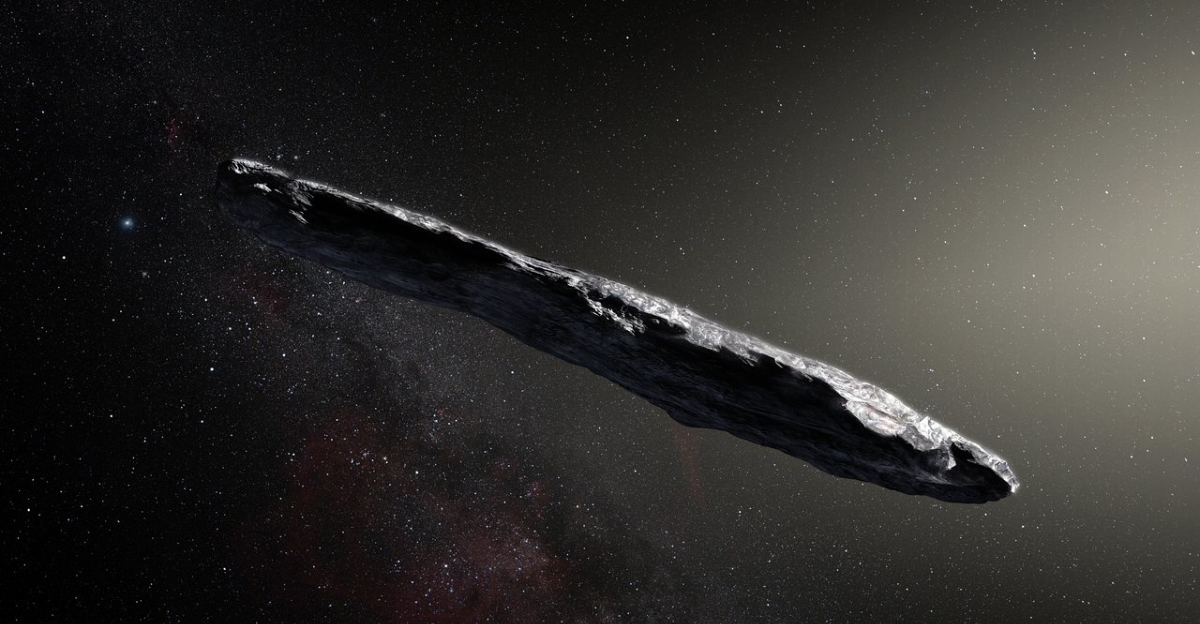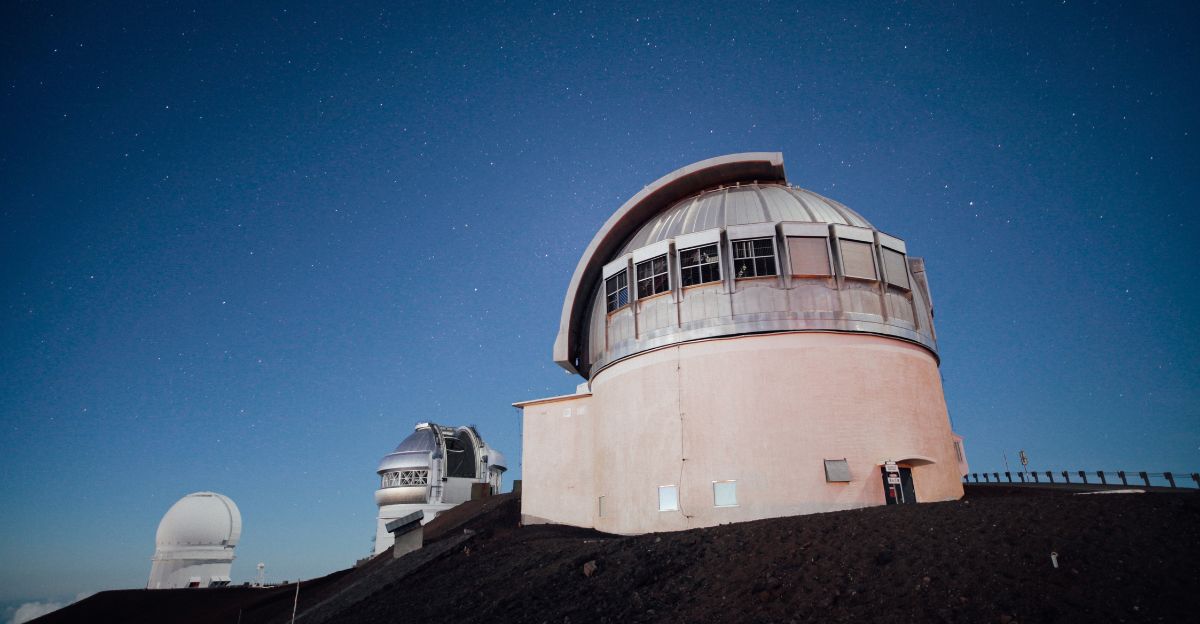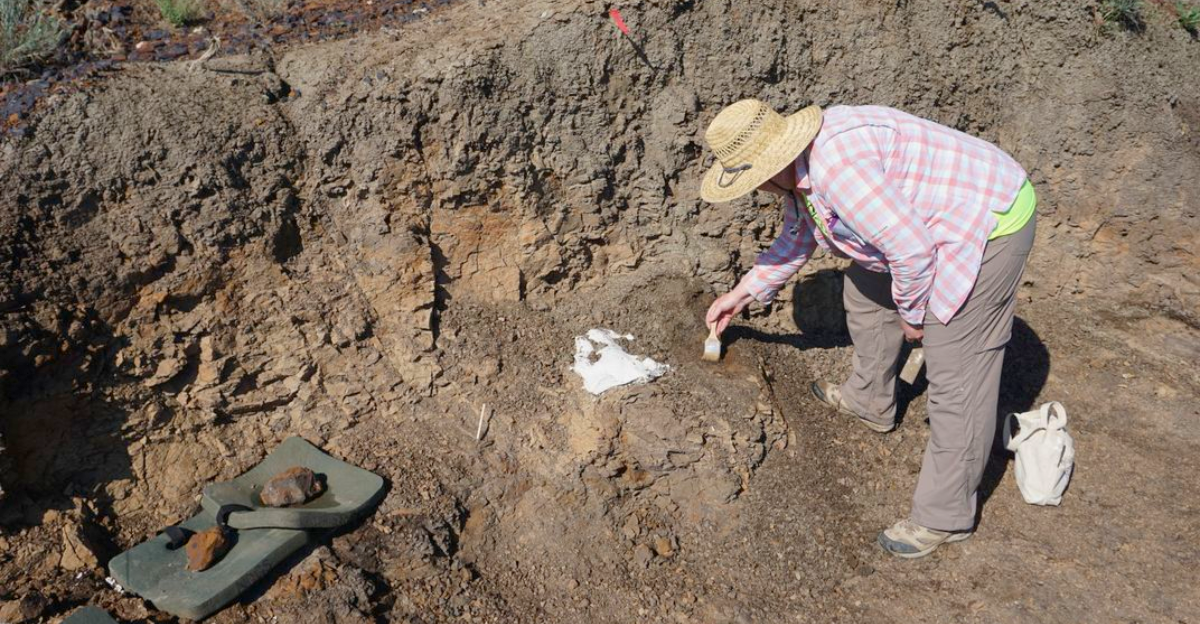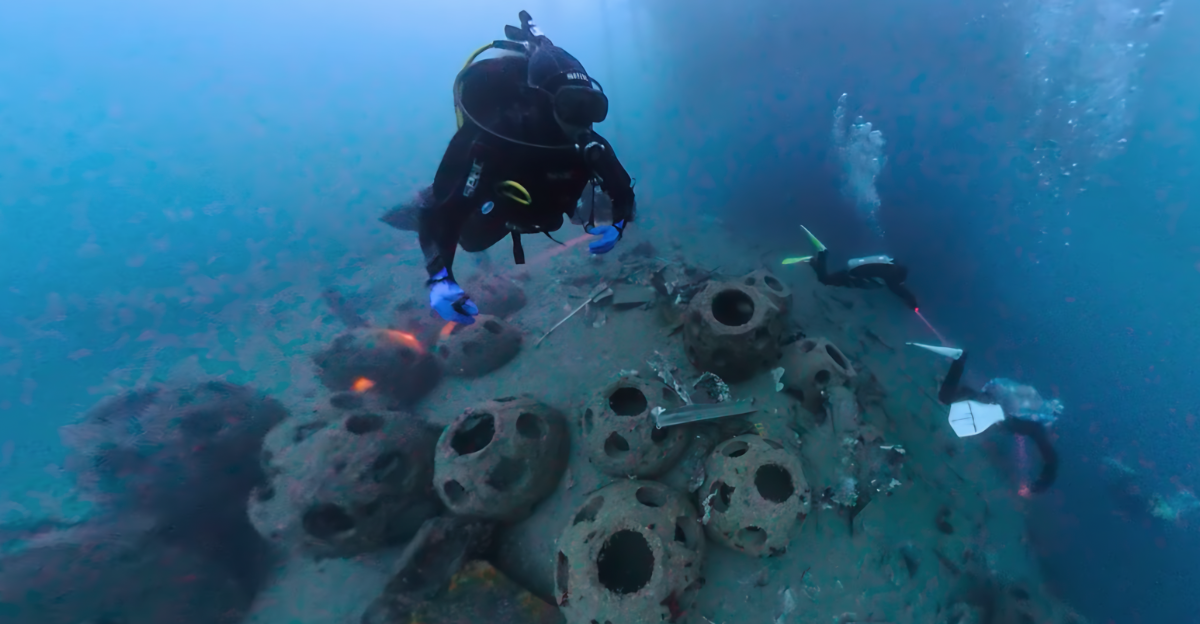
Space has always been a place of mystery and awe, and it’s not nearly done with throwing surprises our way. The cosmos recently welcomed a rare and extraordinary visitor, an interstellar object making its fleeting journey through our solar system.
The ATLAS survey telescope detected 3I/ATLAS on July 1, 2025. It is only the third known object from beyond our solar system to be observed by humanity. The Hubble Space Telescope has now captured detailed close-up images of this ancient wanderer.
Discovery and Immediate Response

Comet 3I/ATLAS was first detected on July 1, 2025, by the NASA-funded ATLAS (Asteroid Terrestrial-impact Last Alert System) survey telescope in Río Hurtado, Chile. A global flurry of activity swiftly followed early reports, as observatories and astronomers raced to gather follow-up observations and search through archival data.
Pre-discovery images from additional ATLAS telescopes and the Zwicky Transient Facility quickly extended the record of the object’s path back to mid-June, reinforcing its interstellar origin. “It is currently located about 420 million miles away,” said NASA.
A Rare Interstellar Trio

Only three interstellar objects have ever been confirmed passing through our solar system: ʻOumuamua in 2017, 2I/Borisov in 2019, and now 3I/ATLAS in 2025.
These rare visitors arrived from deep space on a hyperbolic trajectory, meaning they are not gravitationally bound to the Sun and will eventually leave our solar system forever.
The Role of the Hubble Space Telescope

Hubble’s ability to observe in multiple wavelengths allows scientists to monitor subtle changes in the comet’s structure and activity as it journeys through the solar system. Looking ahead, Hubble is scheduled to conduct ultraviolet spectroscopy on 3I/ATLAS to determine the nature of its gas emissions and measure key compositional ratios.
“Hubble Space Telescope images of interstellar comet 3I/ATLAS are out! These were taken 5 hours ago. Plenty of cosmic rays peppering the images, but the comet’s coma looks very nice and puffy. Best of luck to the researchers trying to write up papers for this,” said Astrophysics undergrad student Astrafoxen on social media.
Size Matters

Current estimates place the diameter of its icy nucleus between about 4 and 9 miles, making it easily the largest interstellar object ever observed in our solar system. For comparison, 3I/ATLAS is much larger than the previous two objects of its kind. ʻOumuamua was only about 0.1 mile wide, and 2I/Borisov roughly 0.4 mile.
The comet’s nucleus is covered with a fluffy, extended coma of dust and gas, spanning up to 15 miles across, which conceals its core details and contributes to its brilliance as seen from Earth.
Older Than the Solar System

Unlike comets born alongside our Sun, this comet is considered over 7 billion years old, possibly 3 billion years older than the solar system itself. Kinematic analyses of its velocity and trajectory suggest it may have formed in a low-metallicity environment and survived billions of years as a cosmic castaway, drifting through interstellar space since an era long before the Sun’s birth.
“We think there’s a two-thirds chance this comet is older than the Solar System, and that it’s been drifting through interstellar space ever since,” says astrophysicist Chris Lintott of the University of Oxford in the UK.
What Makes it Unique?

Unlike ʻOumuamua, which showed no obvious comet-like signs, 3I/ATLAS developed an apparent and active coma and tail soon after discovery. It moves at an extraordinary hyperbolic speed of about 36-38 m/s as it cuts through the solar system, the fastest known for any interstellar comet.
Together with its likely ancient origin in the thick disk of the Milky Way and its rich mix of water ice and silicate dust, 3I/ATLAS is one of the most remarkable discoveries in our solar system.
What It’s Made Of

Spectroscopic observations have revealed that 3I/ATLAS’s coma contains abundant water ice intertwined with silicate dust grains, echoing the makeup of D-type asteroids in our solar system. The spectral data suggest that roughly 30% of its coma by area is made up of water ice, while the rest consists of organic-rich and carbon-based minerals, and other refractory materials.
“3I/ATLAS likely contains ices, especially below the surface, and those ices may start to activate as it nears the Sun,” says astronomer Darryl Seligman of Michigan State University in the US. “But until we detect specific gas emissions, like H2O, CO, or CO2, we can’t say for sure what kinds of ice or how much there is.”
Speed and Trajectory

When first observed, 3I/ATLAS was barreling into the inner solar system at roughly 133,000–137,000mph, far faster than any native comet or asteroid. Its orbit is dramatically hyperbolic, with an orbital eccentricity of about 6.14, resulting in a nearly straight-line path rather than a gentle curve around the Sun.
As it approaches its closest point to the Sun (perihelion) on October 29, 2025, between the orbits of Earth and Mars, it will accelerate before heading outward again, destined to leave our solar system forever.
Scientific and Public Excitement

It comes as no surprise that the scientific community was excited about this find. Scientists regard 3I/ATLAS as a once-in-a-lifetime research opportunity, and astronomers and students are already contributing to analyses and eager to publish their findings.
Media coverage and widespread interest on social platforms reflect the awe and curiosity this cosmic visitor inspires.
Tail and Activity

Almost immediately after its discovery, astronomers observed the development of a bright, expansive coma, a glowing envelope of dust and gas driven by the sun’s heat, causing volatile ices to sublimate from the comet’s surface.
Observations confirmed a visible dust tail stretching at least 16,000 miles, composed primarily of fine dust grains propelled outward by solar radiation pressure.
The Vera Rubin Observatory

While Rubin did not initially discover 3I/ATLAS, its test observations captured detailed images of the comet ten days before its official detection, allowing astronomers to refine the object’s orbit and analyze its activity and composition.
Atop Cerro Pachón in Chile, Rubin is equipped with the world’s largest digital camera, a 3.2-gigapixel behemoth, paired with an 8.4-meter telescope and an innovative three-mirror design.
The Comet’s Close Approach

The closet this comet will come to the sun will be on October 29, 2025, when it swings just 1.36 astronomical units from our star, slightly inside Mars’s orbit.
During this critical window, the comet will be traveling at remarkable speeds, but unfortunately, it will be unobservable from Earth due to its position deep in the Sun’s glare. The genuine observing opportunity for astronomers and enthusiasts will open in early November 2025, as 3I/ATLAS emerges from behind the Sun into the dawn sky.
Galactic Trajectory

Entering our solar system from the direction of the constellation Sagittarius near the Milky Way’s galactic center, this comet will pass the Sun closely on its way out of our solar system.
Its distinct velocity components show it traveled away from the galactic center and moved upward through the galactic plane, supporting the idea that it formed among ancient, metal-poor stars before becoming a cosmic castaway.
What’s Next for Astronomy

The increasing synergy between extensive surveys, rapid follow-up observations, and global scientific collaboration ensures that previously unanswerable questions about planetary systems, cosmic chemistry, and even the origins of life may soon be within reach.
With citizen scientists, students, and researchers all participating in this global endeavor, the future of astronomy holds the promise of deeper understanding and awe-inspiring discovery.






